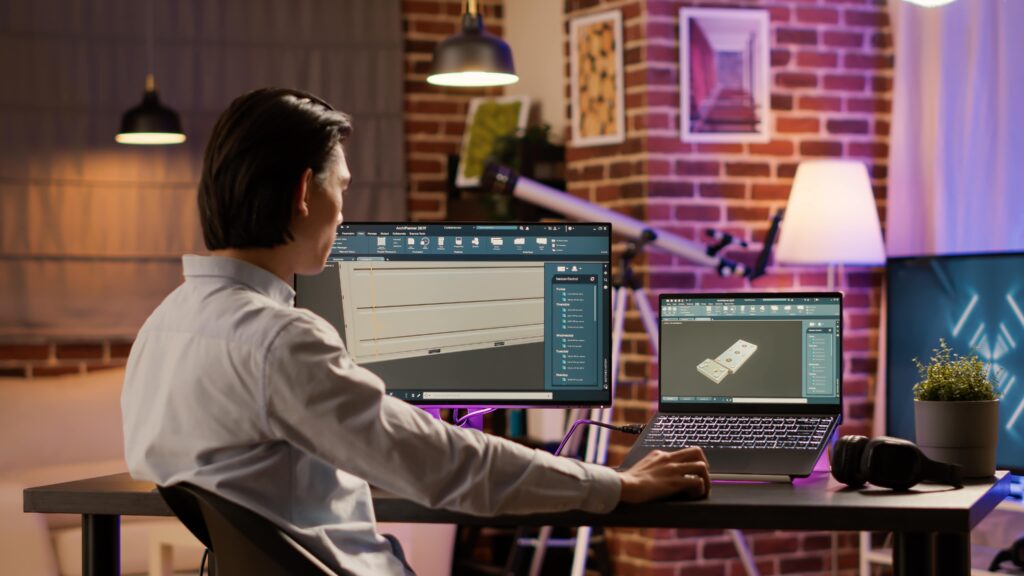Editing is the heartbeat of animation, turning raw concepts into captivating visuals. To elevate your animations, it’s crucial to refine key editing techniques. In this article, we’ll explore essential skills, from storyboarding to sound design, and show you how to enhance your craft to captivate your audience.
Storyboarding
Storyboarding is a fundamental step in the animation process that helps you visualize the sequence of your animation before diving into the actual production.
By creating detailed storyboards, you can plan out the flow of your animation, including camera angles, character movements, and transitions. This pre-visualization stage is crucial for refining your ideas and ensuring a cohesive narrative.
Timing and Pacing
Timing and pacing play a crucial role in creating dynamic and engaging animations. By mastering the art of timing, you can control the speed of movements, transitions, and scene changes to evoke specific emotions in your audience.
Experimenting with different timing techniques, such as slow motion or fast cuts, can add depth and impact to your animations.
Editing Software
Utilizing the right editing software is essential for animators to bring their visions to life. Popular editing tools like Adobe After Effects, Premiere Pro, and Final Cut Pro offer a wide range of features and capabilities to enhance your animations.
Familiarizing yourself with these tools and exploring their advanced functions can significantly improve the quality of your work.
Transitions
Smooth transitions are key to maintaining the flow and continuity of your animations. Whether it’s a simple fade-in/fade-out effect or a complex scene transition, mastering the art of seamless transitions can elevate the overall quality of your animations. Experiment with different transition styles to find the perfect fit for your animation style.
Sound Design
Sound design is an often-overlooked aspect of animation editing that can greatly enhance the viewer’s experience. Adding sound effects, music, and voiceovers can bring your animations to life and create a more immersive storytelling experience. Paying attention to sound design can elevate the emotional impact of your animations and make them more memorable.
Color Grading
Color grading is a powerful editing technique that can transform the look and feel of your animations. By adjusting colors, contrast, and saturation levels, you can create a specific mood or atmosphere in your animations. Experimenting with different color grading techniques can help you achieve the desired aesthetic for your animations.
Collaboration
Collaborating with other animators, editors, and sound designers can provide valuable feedback and insights to improve your animations. Working with a team allows you to leverage different perspectives and skills to create more polished and professional animations. Don’t be afraid to seek feedback and collaborate with others to enhance your editing skills.
Feedback and Iteration
Seeking feedback from peers, mentors, and industry professionals is essential for growth as an animator. Constructive criticism can help you identify areas for improvement and refine your editing techniques.
Embrace feedback as an opportunity to learn and grow, and don’t be afraid to iterate on your animations to achieve the best results.
Stay Updated
The animation industry is constantly evolving, with new technologies and trends shaping the way animations are created and consumed. Stay updated on the latest editing techniques, software updates, and industry developments to remain competitive in the field. Continuous learning and adaptation are key to staying ahead in the fast-paced world of animation.
Practice, Practice, Practice
Like any skill, mastering editing techniques requires practice and dedication. Set aside time each day to work on your animations, experiment with new techniques, and refine your editing skills. The more you practice, the more confident and proficient you will become in creating high-quality animations that stand out in the industry.
Key Takeaways
- Mastering editing techniques is crucial for animators to create captivating animations.
- Storyboarding helps plan the flow and narrative of animations.
- Timing and pacing control emotions and engagement in animations.
- Utilize popular editing software to enhance animation quality.
- Seamless transitions maintain continuity and quality in animations.
- Sound design enhances viewer experience and storytelling in animations.
- Color grading can transform the look and feel of animations.
- Collaboration and feedback improve animation quality and skills.
- Stay updated on industry trends and software advancements.
- Practice consistently to refine editing skills and create high-quality animations.
To further enhance your skills and knowledge in the animation industry, consider enrolling in Yellowbrick’s NYU Animation Industry Essentials online course and certificate program.
This comprehensive program will provide you with valuable insights and practical training to excel in the competitive world of animation.








